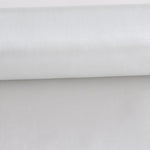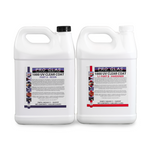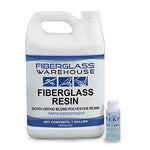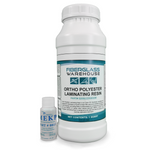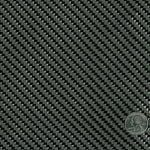You have no items in your shopping cart.
Gel coat is strong and durable but like any other finish, it can be subject to damage. There are several reasons it might need to be repaired. In this post, we are going to focus on scratches and cracks that are strictly cosmetic. Not cracks that damage the fiberglass laminate below the gel coat.
We will be giving basic guidelines on how to do the repair work. You do not need to be an expert to make a gel coat repair but it may take a little bit of trial and error to really perfect the art.
Safety when Working with Resin and Gel Coat
You will need to take safety precautions including working in a well ventilated area and wearing safety goggles, a respirator, and gloves. The ideal temperature when working with resin is between 70 and 85 degrees Fahrenheit.
Shallow scratches can usually be wet sanded and buffed out. Deeper scratches and cracks are a little harder to fix. That is what we will be discussing today. It is important to know why there is a crack or scratch. If it is from an impact, you should be able to fix it and not have it appear again.
Surface Prep
First, you will want to mask off the area that you plan to repair with tape. This protects the area beyond the repair site from damage.
Next, clean the area you will be fixing. Wipe off contaminants with a solvent such as Acetone. Sand it with a medium grit sandpaper (320 grit will do) to further get rid of contaminates. It is best to use a sanding block when sanding. This prevents you from pressing too hard in some areas and not others. It will give you a nice, even sand.
Grinding out Damage
Then, use a screwdriver, scraper or a dremel to widen the crack area into a "V" with beveled edges. Grind down to the composite layer but no further. Resin will not penetrate a small crack. It needs to be made bigger. Make sure your "V" is smooth and without sharp edges. The resin will adhere better to the repair site. You can sand again with a 320 grit sandpaper to smooth out any rough spots. Clean with Acetone or other solvent.

Gel Coat
Color matching gel coat can be tricky. You can buy a white or neutral based gel coat and add pigments to match your existing color. We can color match if you send us a piece of the old gel coat. We carry a vast amount of colors.
Making a Paste with Fillers
Mix the filler such as fumed silica with your gel coat to create a paste. You can add one filler or several. A peanut butter consistency is good. Add the filler before the catalyst, MEKP. MEKP can be added between 1% and 2%. It is best to work in small batches. Mix well with a stir stick, then fill the crack from one end to the other. This helps to avoid trapping air bubbles. Overfill the crack as polyester based resins will shrink. Pop any air bubbles that you see.
Curing
Gel coat without wax will cure with a tack. You can carefully cover the repair area with plastic film, such as saran wrap, to prevent this tack. You can also add PVA after the gel coat starts to cure. PVA washes off with water. Another option is to add wax to the final coat of gel coat. The wax rises to the top to create an air tight barrier.
Sanding
Carefully dry sand with a 100, 150 and 220 grit sand paper until the repair area is smooth and flush with the surrounding area. You can remove the tape at this point if you like or you can wait until you are ready to wax. Work up to higher grits (400, 600, 800, 1000 etc) and add water for a wet sand. Next buff the area with a rubbing compound and buffing wheel. You will finish by waxing and polishing the entire area.
We have several trouble shooting blog posts as well as a Basic Gel Coat Guide that you don't want to miss! See below-
Gel Coat Troubleshooting Part 1
Gel Coat Troubleshooting Part 2
Gel Coat Troubleshooting Part 3
Gel Coat Troubleshooting Part 4
If you have any questions or want to see our products, go to our website at www.fiberglasswarehouse.com.




